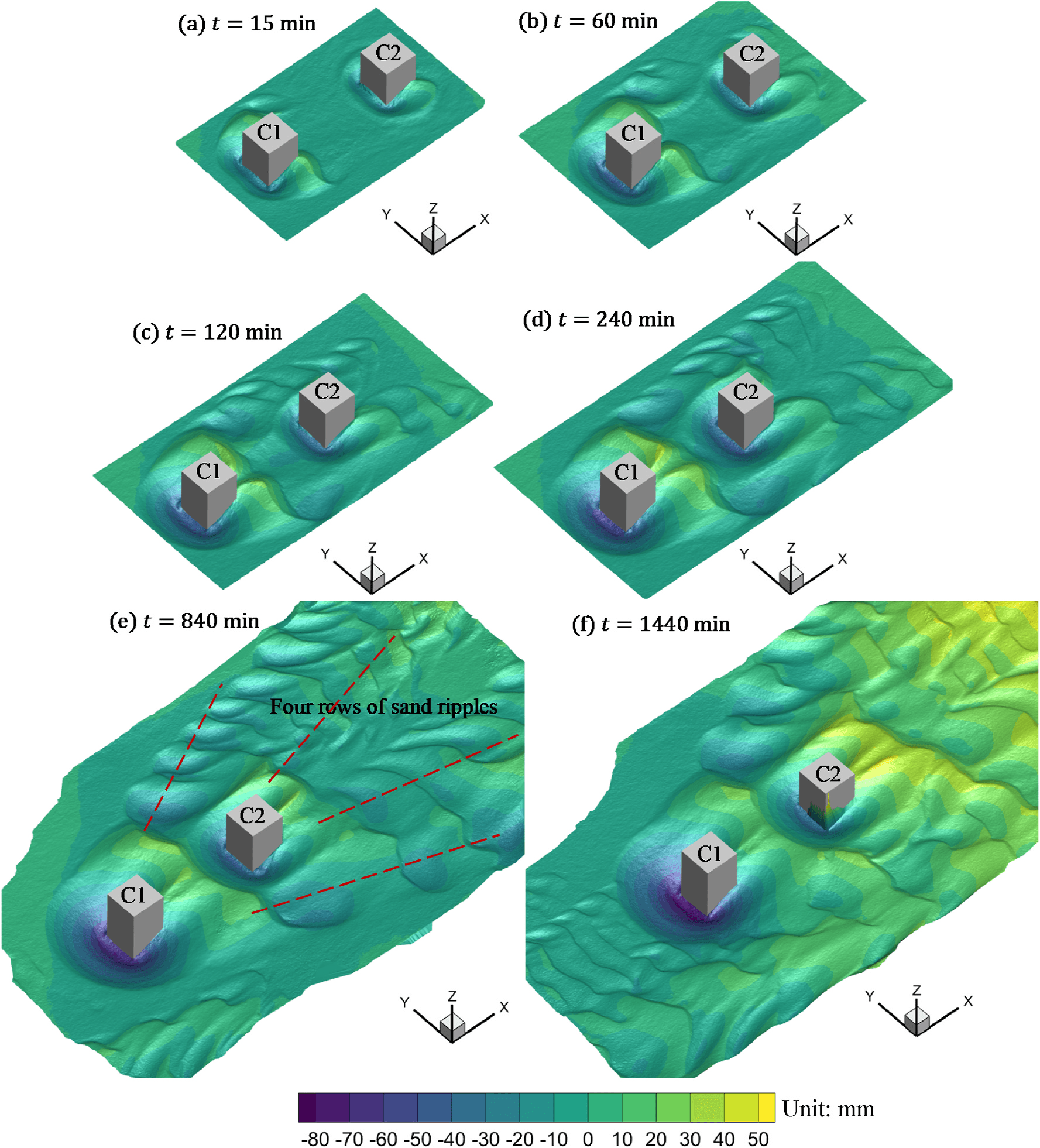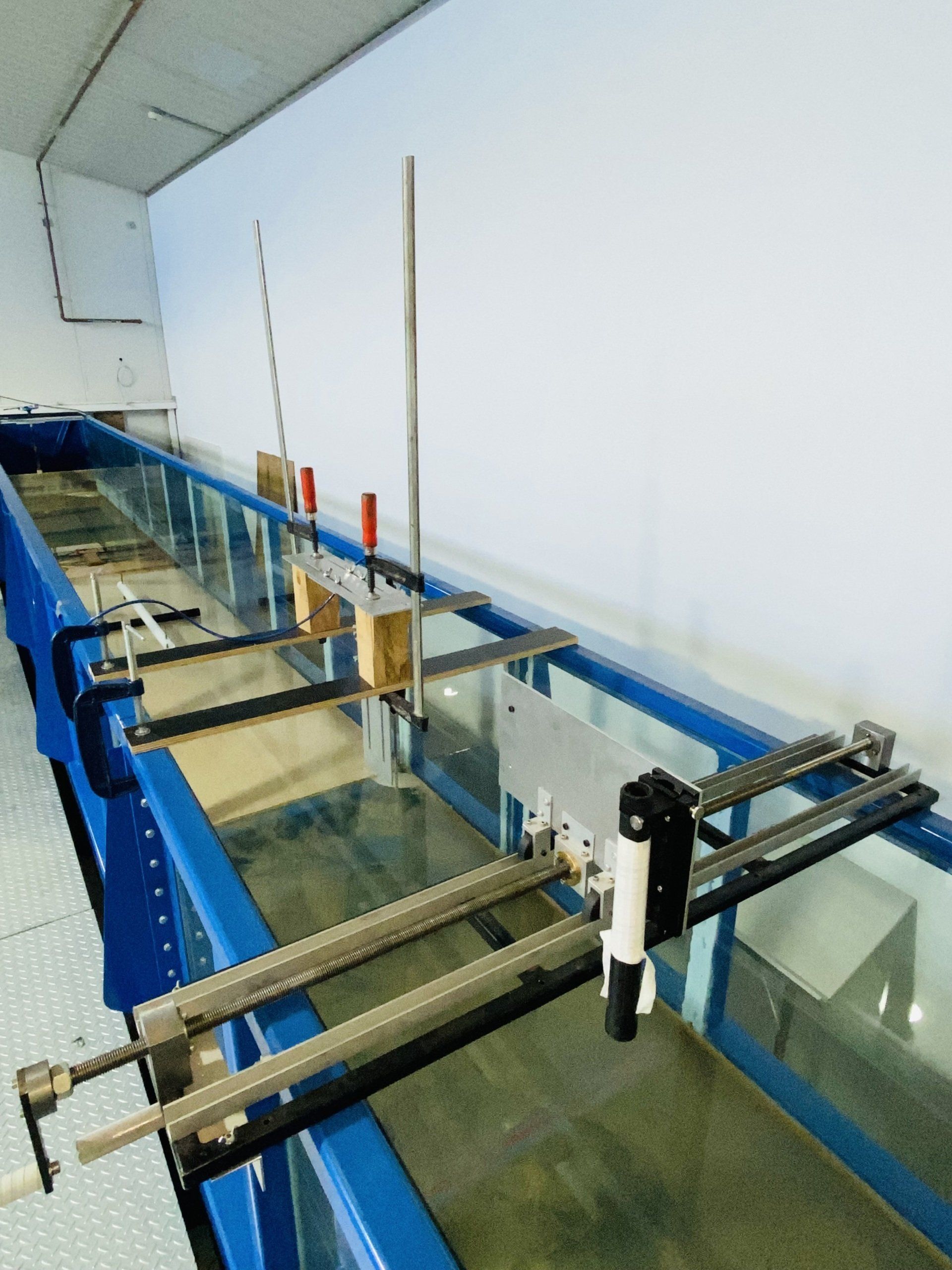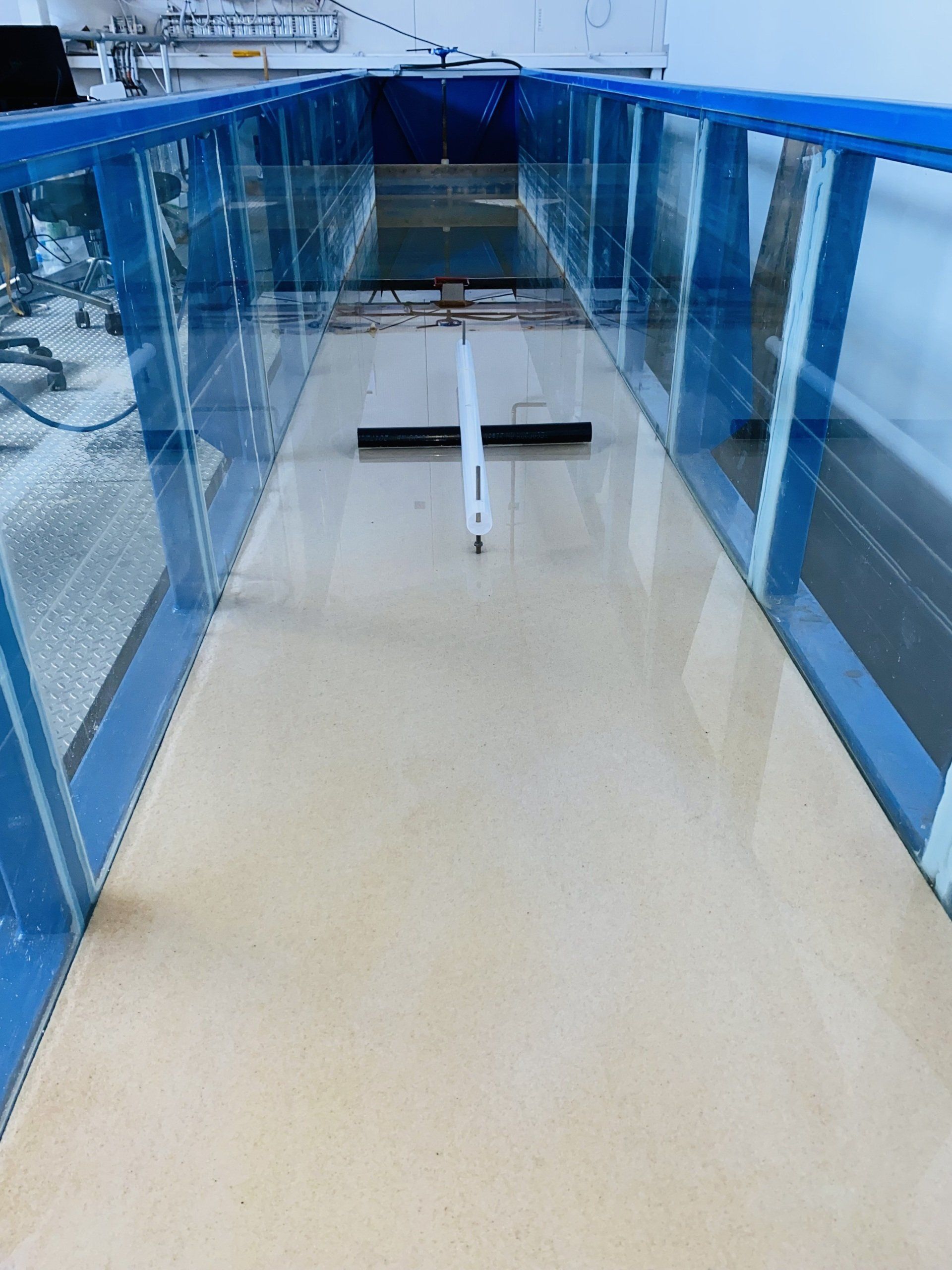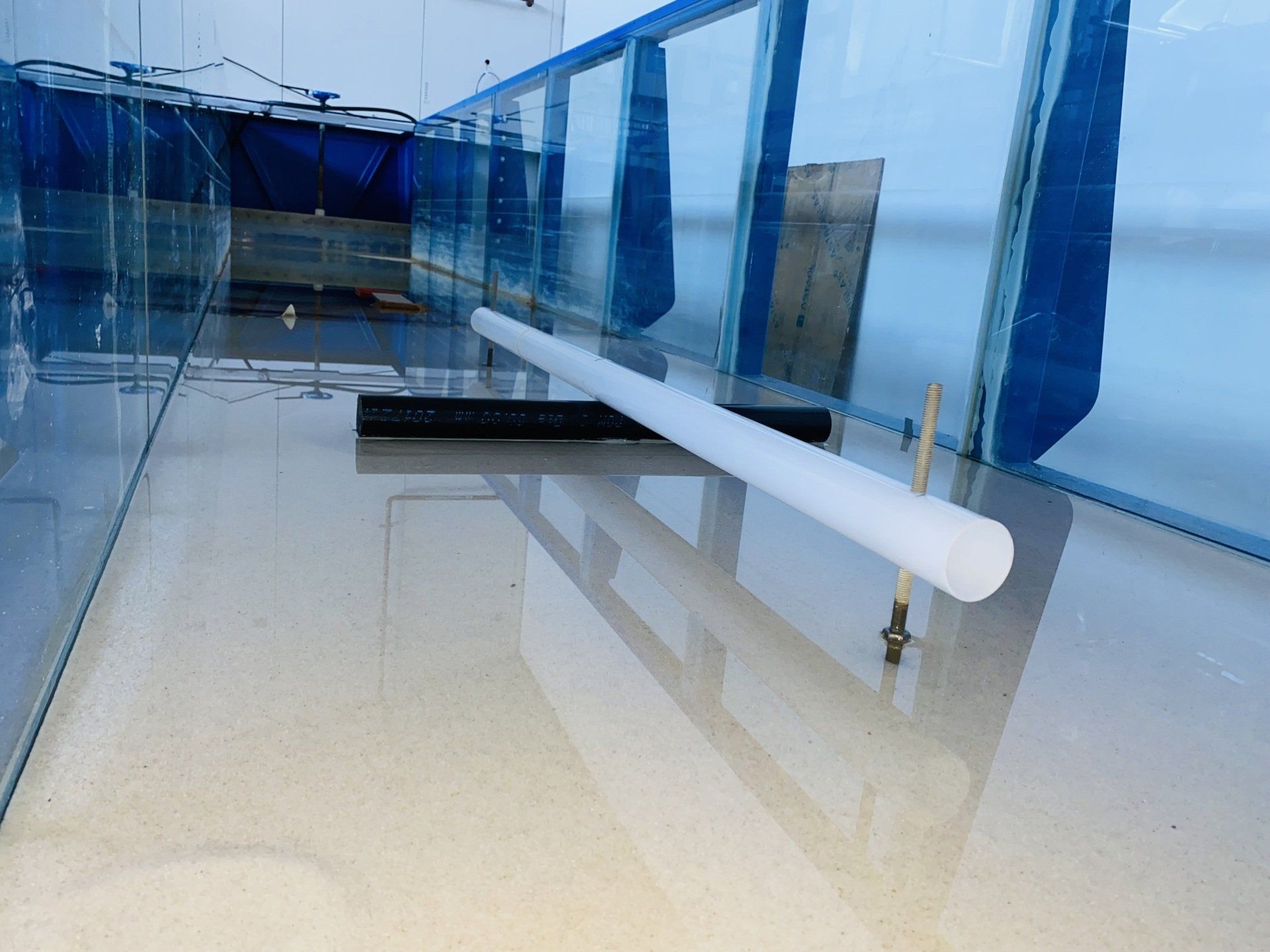Abdullah Al Mamoon
Engineering
Numerical and Experimental Investigation of the Flow and Scour around Subsea Structures
Scour can be a significant design concern for subsea structures used in the ocean engineering when they are situated on mobile seabed. Subsea foundations are mostly installed on the seabed of deep water where wave induced flow velocity diminishes and flow is dominated by tidal current. In the ocean, coastal and river engineering, local scouring of sand bed around underwater structures is a hidden threat to the safety of bridge piers and subsea structures. There are currently minimal approaches available in the literature to estimate the local scouring and flow structure with various distance spacing across the cylinder.
Motivated by this limitation, a detailed investigation of flow past wall-mounted two square cylinders which arranged in tandem and staggered are successfully done by numerical simulation. This research also involves with experimental work to investigate the effects of the arrangement of two submerged square piles on water flow induced local scour topography at the sand-covered bed in steady current under clear water scour condition.
Experiments were conducted for the tandem arrangement, side-by-side (SBS) and staggered arrangements in a of 1 m wide, 0.8 m high and 16m long water flume in the hydraulic laboratory at Western Sydney University, Australia. Results showed that in the tandem arrangement, the scour of the upstream pile is similar to that of a single pile, but the scour of the downstream pile goes through three stages: scour, backfill and re-scour. The backfill stage is caused by the downstream motion of the sand dunes generated from the upstream pile. In the SBS arrangement, the evolution of scour of each pile is similar to that of a single pile. In the staggered arrangement, the maximum scour depth of the downstream pile is greater than that of the upstream pile because the flow is accelerated twice from the corners of the two piles, respectively. The maximum scour depth of the tandem arrangement is similar to that of a single pile.





